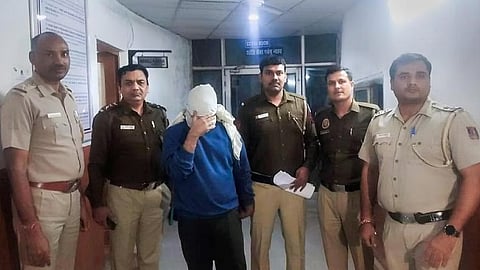

Last month in Mehrauli, New Delhi, a young woman was butchered by her live-in partner after she insisted on formalising their relationship through marriage. The case shocked citizens as the crime was perpetrated by an individual with means, someone who was educated and who by all accounts, had premeditated the killing. In the backdrop of International Day for the Elimination of Violence against Women, which was observed last week, it seems imperative to reassess the status of women’s safety, not just in public spaces, but even in their own homes, which have turned into death traps for many. A report published by the UN last week said that in 2021, as many as 45,000 women and girls around the world were murdered by intimate partners or family members.
The study by the UN Office on Drugs and Crime (UNODC) and UN Women went on to say that over five women or girls were killed every hour by someone in their family. In spite of these findings on femicide being “alarmingly high,” the authors believe the real figures were likely to be higher. While over 81,000 women were intentionally killed last year, women and girls were especially vulnerable to gender-based violence in their own homes. Asia bore the brunt of recording the highest number of femicides – with 17,800 victims followed by Africa with 17,200-odd victims.
The statistics concerning instances of domestic violence (DV) are also disconcerting. In India, reports suggested that episodes involving such violence against women had skyrocketed during the pandemic. As per data shared by the National Commission for Women, between February 27 and May 31, 2020, a 2.5 times spike was seen in cases of DV being registered. During this time, the Commission received 1,477 DV complaints. In April and May 2020, 47.2% of all cases received by NCW were regarding DV as compared to only 20.6% cases between Jan – March 2020. A survey conducted by Tamil Nadu Women’s Collective said that 81% of rural families in Tamil Nadu suffered domestic violence during the COVID crisis.
Legally, India has the Protection of Women from Domestic Violence Act, 2005 as well as the Women Helpline 181 launched by the Ministry of Women and Child Development. The helpline launched in 2018 in Tamil Nadu is aimed at supporting women in distress facing violence. And although there are several government-run shelter homes in India for survivors of domestic abuse, most of them are understaffed and underfunded, owing to which they fall short of expectations on rehabilitation.
Addressing such problems is easier said than done. The UN believes it will require strong political commitment to help prevent gender-based violence. This includes the introduction of policies that favour gender equality as well as making substantial investments in women’s rights organisations as well as setting aside resources to prevent such violence. Policy experts recommend that violence prevention and survivor support services should be classified as essential services and be made functional, accessible and advertised widely. There is also a need to institute an online, centralised system to collect and track data on violence against women, survivor support services run by State agencies, as well as preventive initiatives.
To ensure better coordination and reach, a task force comprising government officials as well as NGO staffers must be constituted. The draft National Policy for Women must be reviewed and re-examined to ensure that women’s welfare is not merely relegated to lip service in India’s national agenda.
Visit news.dtnext.in to explore our interactive epaper!
Download the DT Next app for more exciting features!
Click here for iOS
Click here for Android